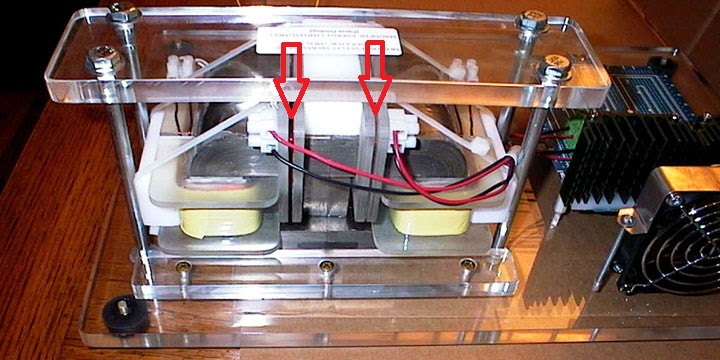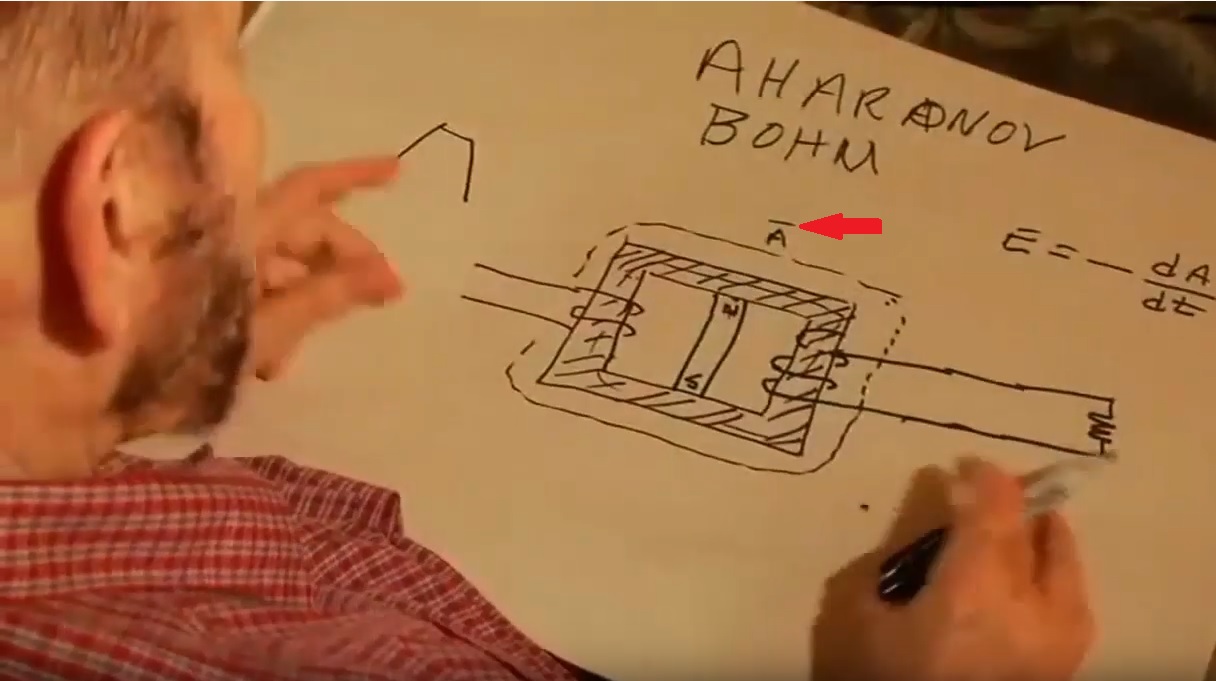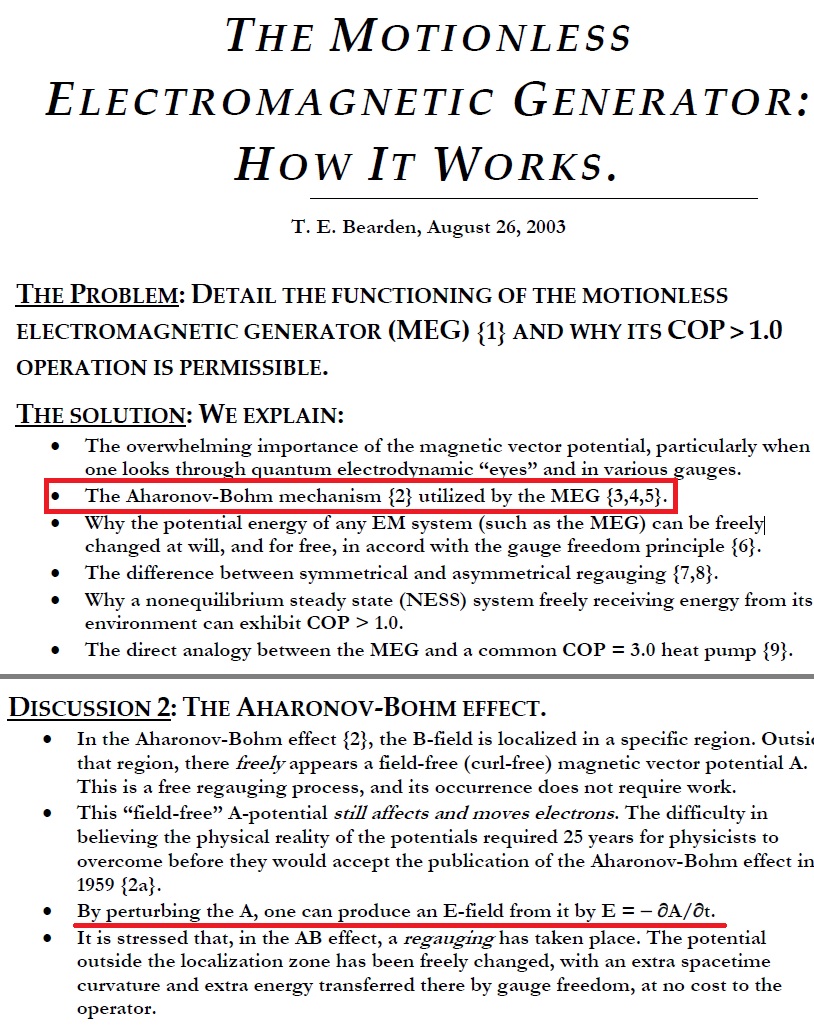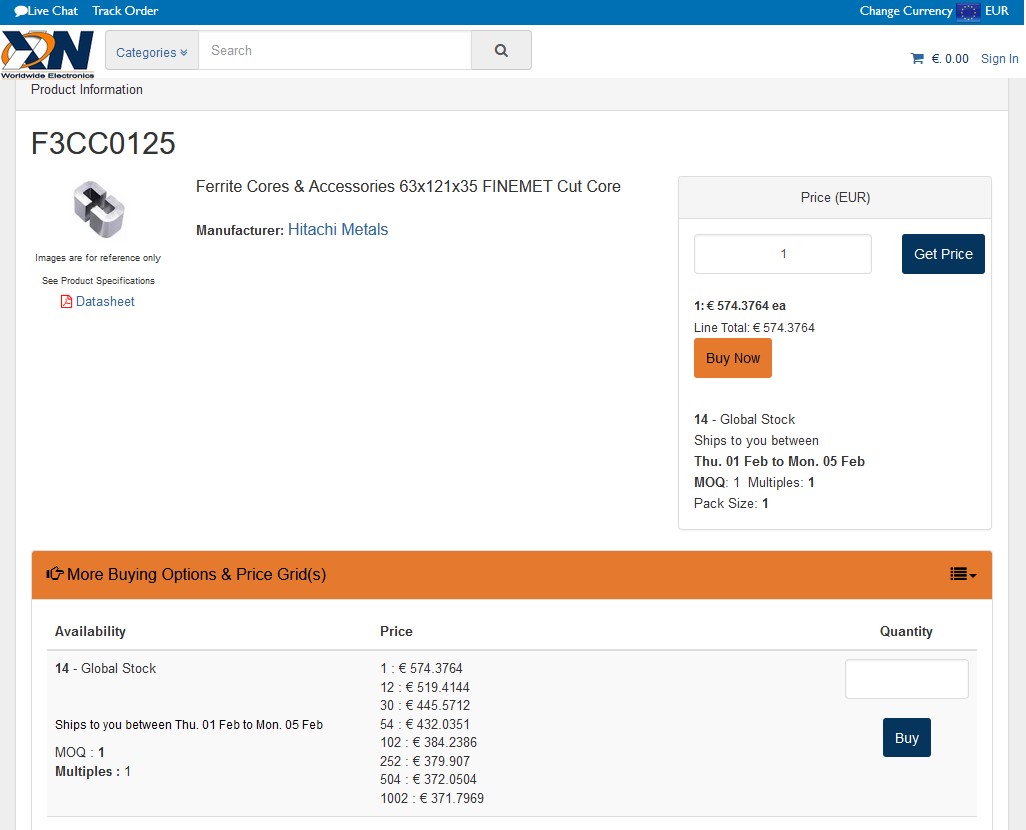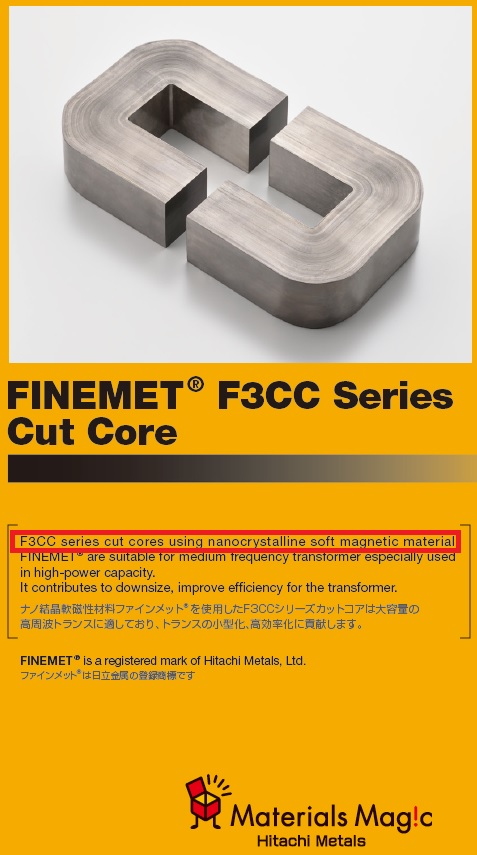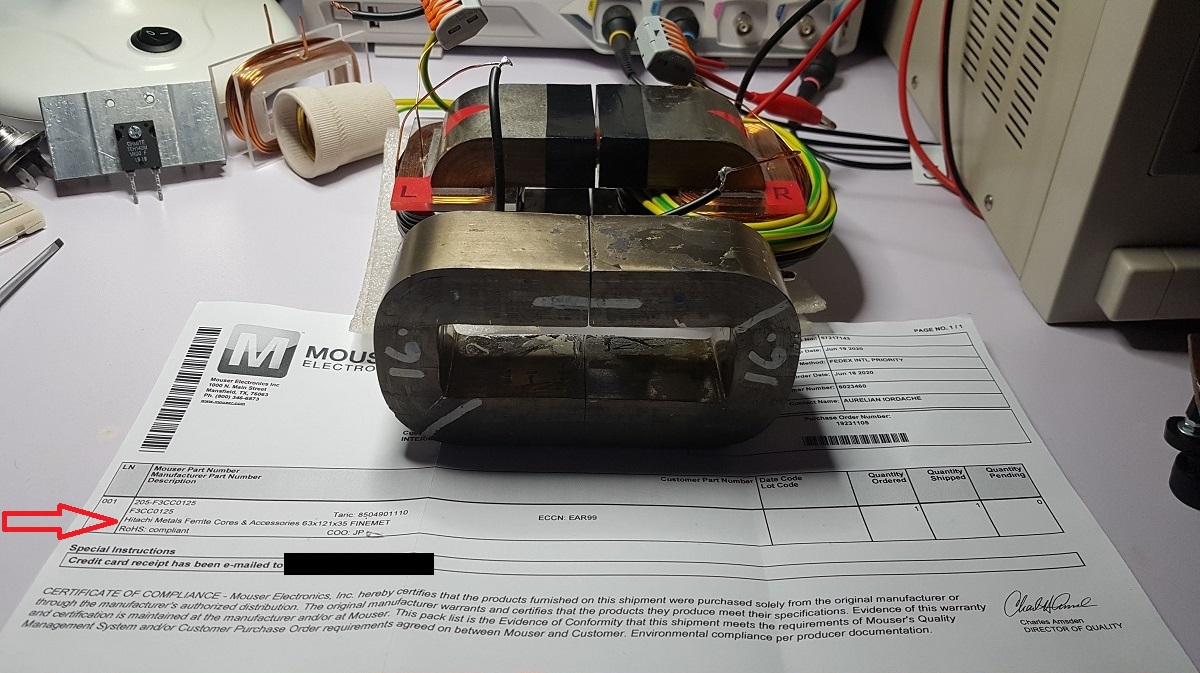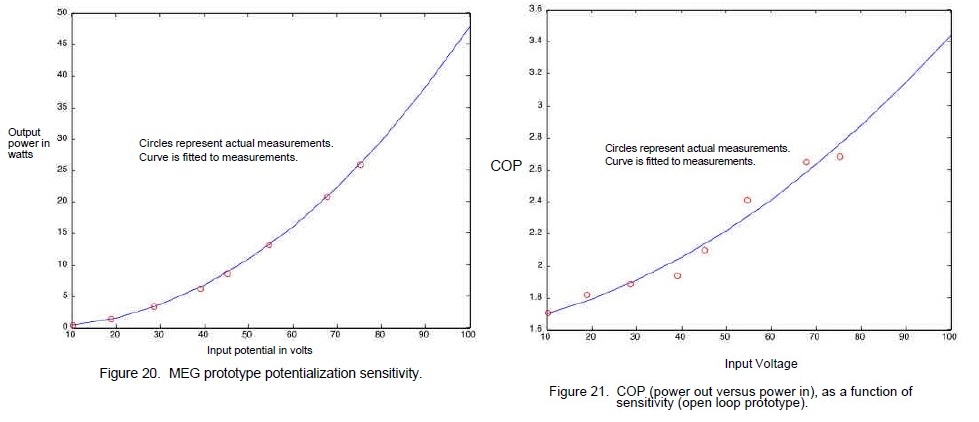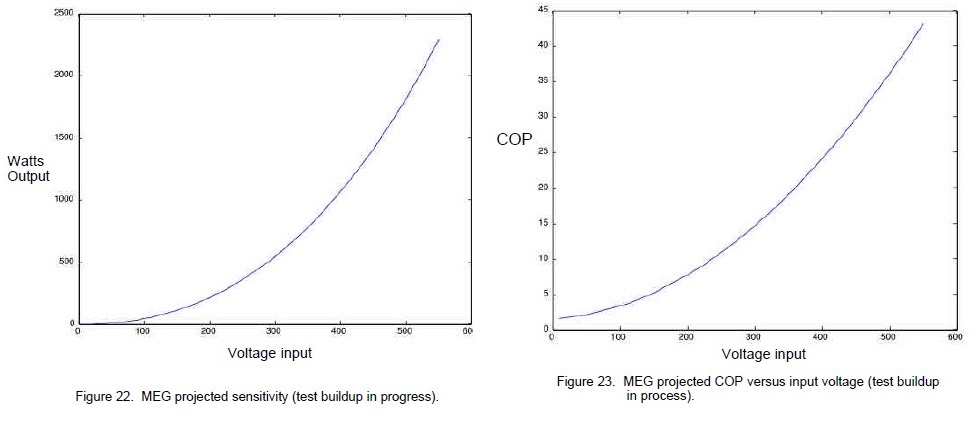Hello,
This is the imported thread (from the old aboveunity site) about my experiment investigating the Aharonov-Bohm effect as zero-point energy concentrator:
For references I will keep the original posting date for every imported post.
Note: This thread is public, everyone can see it, even the visitors which are not members here.
For the posts made by former aboveunity members which are not members on our site I'll use a member placeholder named UndisclosedMember.
Regards,
Fighter
| "If you want to find the secrets of the universe, think in terms of energy, frequency and vibration." | ||
| Nikola Tesla | ||
